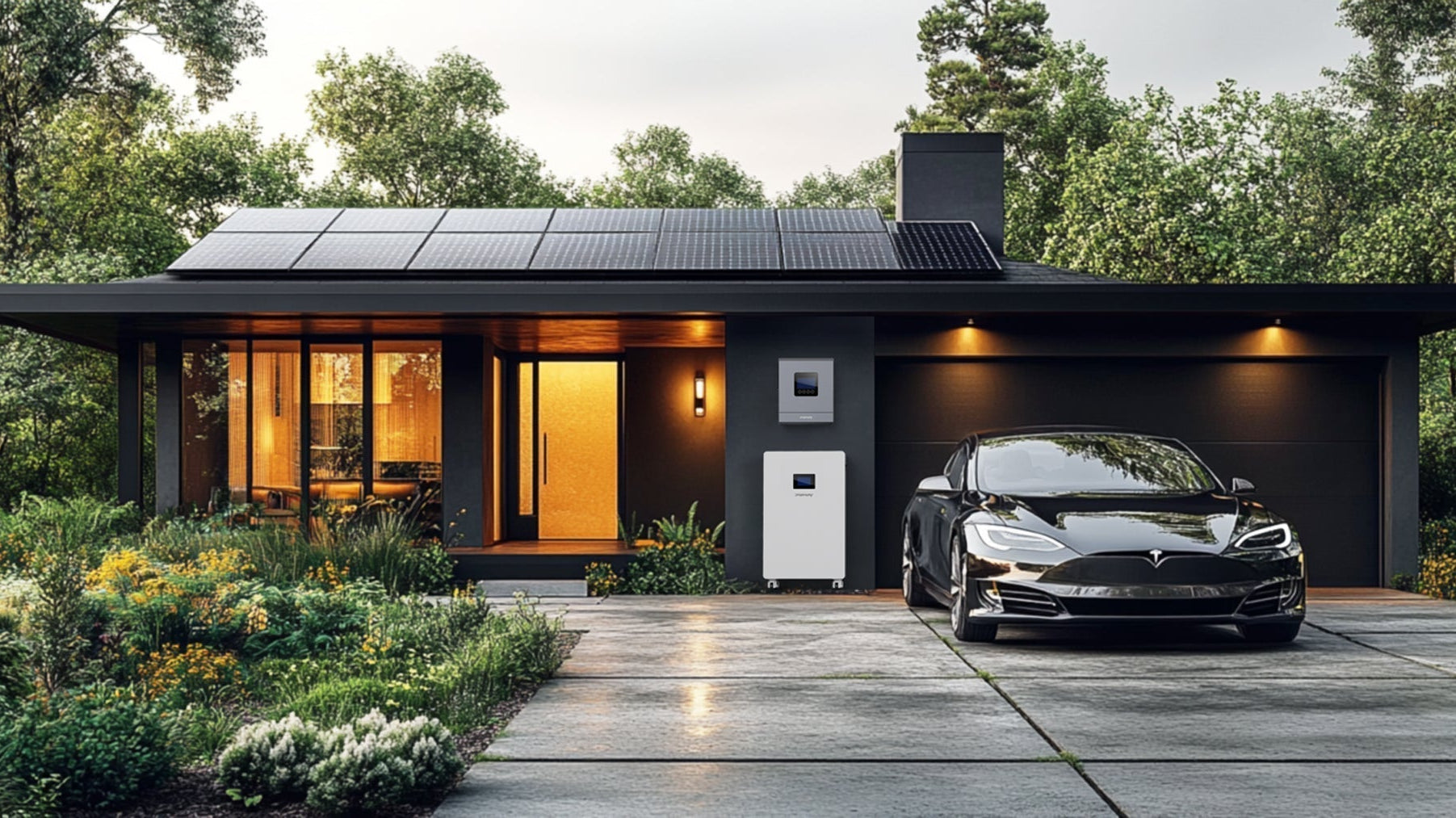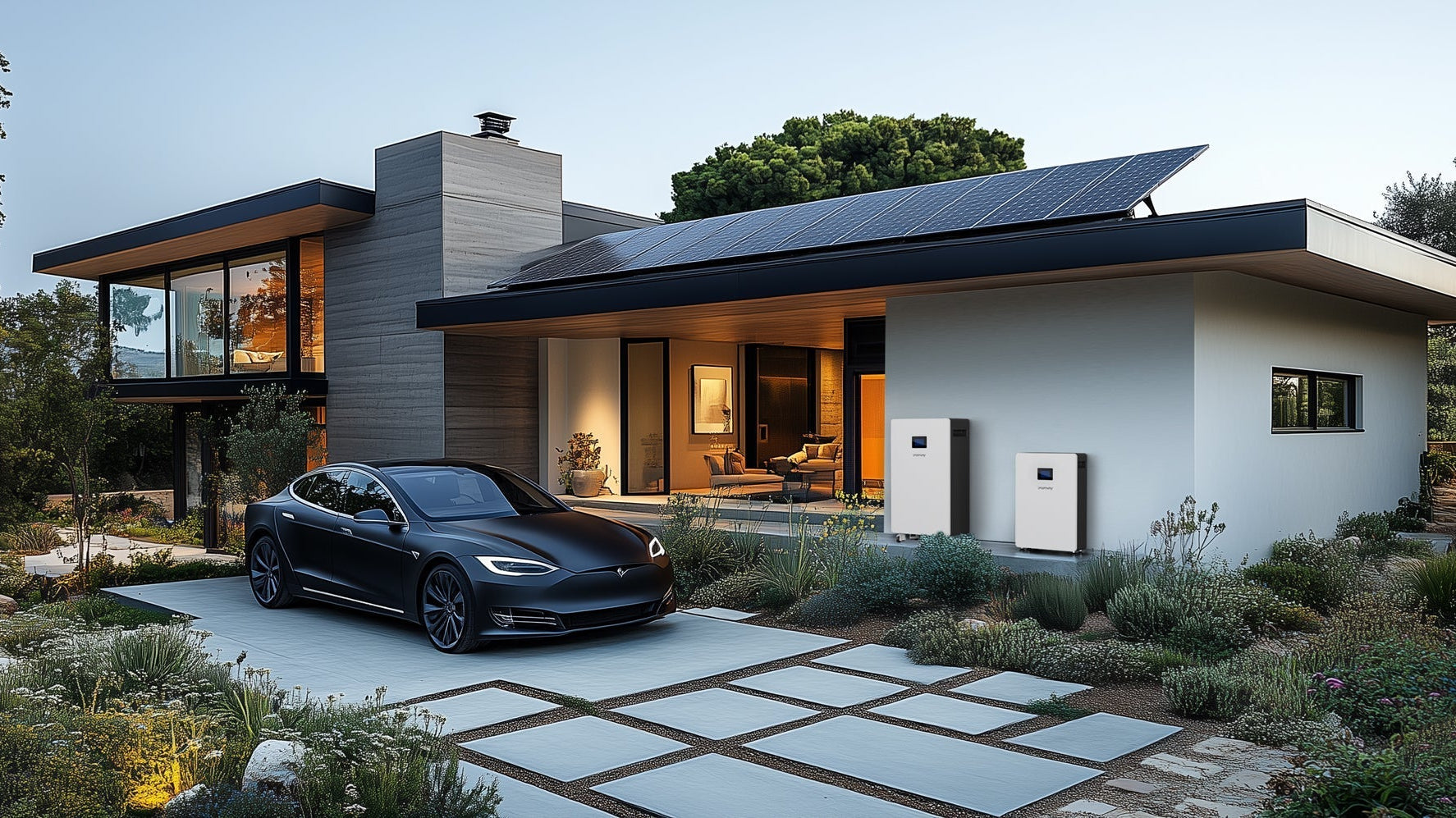How Competitive Electricity Markets Help Business Energy Buyers Optimize Costs and Efficiency
In the rapidly evolving global energy market, competitive electricity market models are creating unprecedented opportunities for business energy buyers. For companies looking to procure mid-scale portable power stations, understanding how this market structure impacts costs, risks, and energy supply stability is essential for optimizing purchasing decisions and improving operational efficiency.
Key Benefits of Competitive Electricity Markets for Business Energy Buyers
1. Lower Energy Procurement Costs and Increased Economic Efficiency
One of the defining features of competitive markets is that electricity prices are determined by supply and demand rather than being set by utility monopolies. This structure drives private power producers to optimize operations, innovate with new technologies, and improve efficiency to offer more competitive rates to end users.
-
Supporting Data: Over the past 25 years, electricity consumers in competitive markets across the U.S. have paid about 35% less than those in monopoly-controlled areas, saving a total of $43 billion.
-
For business energy buyers, this translates into lower costs for obtaining the same or even more reliable power, especially for industries with high energy demands during peak hours, such as manufacturing, construction, and logistics.
Additionally, companies procuring mid-scale portable power stations can benefit from more reasonable electricity price fluctuations, enabling them to adopt flexible purchasing models that reduce long-term operational costs.
2. Reduced Financial Risk and Improved Budget Management
In traditional utility monopoly models, cost overruns in power plant projects are often passed on to consumers. Historical data shows that some utility-owned power projects have exceeded their budgets by an average of 56%. However, in competitive markets, private power producers bear the full cost of construction and operation, while consumers only pay fair market prices.
For business energy buyers, this structure significantly reduces financial risks associated with poor investment decisions in power infrastructure, making budget planning more predictable.
3. Transparent Pricing for Long-Term Stability
Competitive markets operate under transparent pricing mechanisms, allowing business energy buyers to gain a clearer understanding of energy costs and optimize their procurement strategies.
-
Market-driven pricing ensures that costs are determined by supply and demand rather than arbitrary utility rate increases.
-
Competition drives technological advancements, such as the declining costs of renewable energy, which helps keep electricity prices from rising rapidly.
For companies deploying portable power stations at scale, this means they can analyze electricity market trends, develop cost-effective purchasing plans, and leverage energy storage solutions to optimize electricity usage.
4. Greater Access to Clean Energy for Sustainability Goals
Competitive markets allow businesses to choose between traditional and renewable energy sources. As renewable energy costs continue to decline, more companies are opting for sustainable energy solutions, which lower long-term electricity expenses and reduce carbon emissions.
For businesses procuring portable power stations, this provides access to a range of clean energy solutions suited for different applications, including:
-
Construction sites and outdoor projects: Energy storage solutions reduce reliance on diesel generators, cutting fuel costs.
-
Logistics and warehousing: Flexible integration of solar and storage systems optimizes power usage.
-
Backup power for critical operations: Reliable, sustainable energy supply ensures business continuity.
How Competitive Electricity Markets Empower Portable Power Station Suppliers
1. Expanded Market Opportunities
Competitive electricity markets foster the growth of private power producers, opening up more business opportunities for portable power station manufacturers.
-
Open markets allow new entrants to compete using innovative technologies such as high-efficiency energy storage and distributed generation, breaking down the traditional barriers of utility monopolies.
-
Business energy buyers have the flexibility to choose from multiple suppliers, enabling them to customize energy solutions based on their specific needs.
2. Driving Innovation and Enhancing Product Competitiveness
Private power producers in competitive markets continuously refine their products and services to maximize profitability, which benefits suppliers of portable power stations by:
-
Encouraging the development of more efficient and intelligent power solutions.
-
Integrating advanced battery storage technologies and smart energy management systems to offer cost-effective and competitive products.
3. Enabling Flexible Procurement Models for Supply Chain Optimization
Competitive electricity markets allow businesses to optimize their supply chains through batch procurement, long-term contracts, and strategic purchasing. For example:
-
Bulk purchasing can reduce unit costs, while taking advantage of market fluctuations to adjust procurement timing.
-
Combining storage systems with electricity procurement can optimize costs, enabling businesses to store power when prices are low and use it during peak demand periods.
Competitive Markets vs. Traditional Utility Monopolies: Avoiding Risks
1. Risks for Business Energy Buyers
If electricity markets were to revert to monopoly control, business energy buyers could face:
-
Electricity price increases of 30-40%, as utilities pass infrastructure upgrade and aging fossil fuel plant costs onto consumers.
-
Limited energy choices, restricting their ability to select the best-suited power supply options.
-
Higher regulatory and environmental risks, since traditional utility models often rely on high-carbon generation sources.
2. Impact on Portable Power Station Manufacturers
A return to monopoly markets would push independent power producers out of business, negatively impacting the entire energy supply chain:
-
Demand for portable power stations could decline, limiting innovation.
-
Inefficient utility management could slow advancements in power generation technologies, hindering industry growth.
Conclusion: Competitive Markets Empower Business Energy Buyers to Reduce Costs and Improve Efficiency
Competitive electricity markets not only provide business energy buyers with more cost-effective energy solutions but also create a more stable and transparent pricing environment, allowing companies to manage electricity procurement with greater flexibility.
Key Benefits for Business Energy Buyers
-
Cost Optimization: Lower electricity procurement costs and long-term savings.
-
Risk Mitigation: Protection against cost overruns in energy infrastructure investments.
-
Sustainability: Access to clean energy options that align with corporate ESG goals.
-
Flexible Procurement: Greater choice in energy suppliers and pricing models.
For portable power station manufacturers, competitive markets foster innovation, expand business opportunities, and drive the development of smarter, more efficient energy solutions. Companies that stay ahead of energy market trends and refine their procurement strategies will be better positioned to maintain a competitive edge in the evolving energy landscape.
As the future of business energy procurement moves toward greater sustainability and efficiency, competitive electricity markets will play a vital role in shaping the energy solutions of tomorrow.
Recent Posts
Blog Tags
Types of Batteries for Energy Storage Systems (BESS)
A New Era of Energy: 7 Storage Solutions Shaping the Future
The future of energy storage is all about coordination, flexibility, and resilience. It’s not just about storing power—it’s about reimagining how energy flows in a renewable-powered world.
Portable Power Stations: The Future of Outdoor and Home Power
Ultimately, when choosing a portable power station, it’s essential to consider not only its capacity and features but also the brand’s reliability and after-sales support. With its high-quality battery technology and versatile designs, iFORWAY has become a preferred brand for many users.













